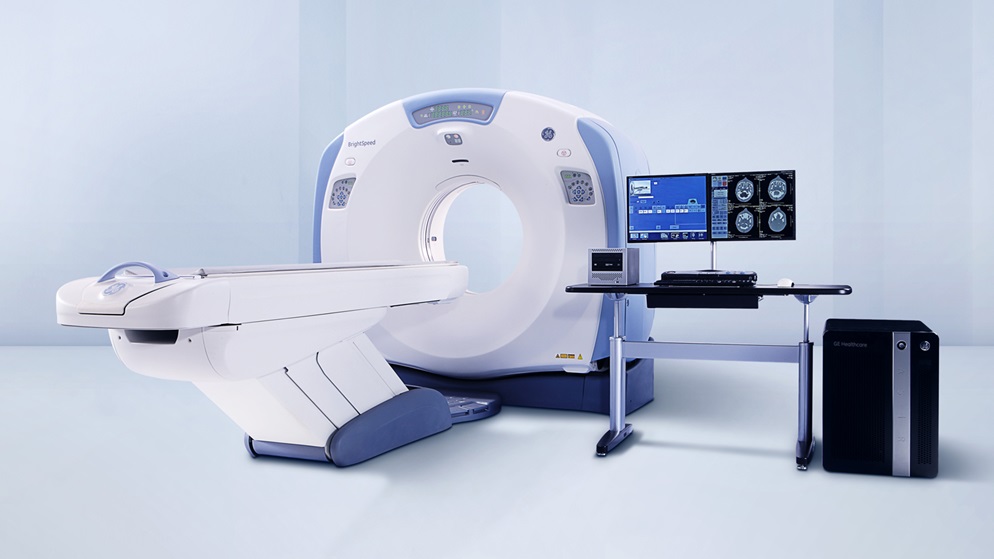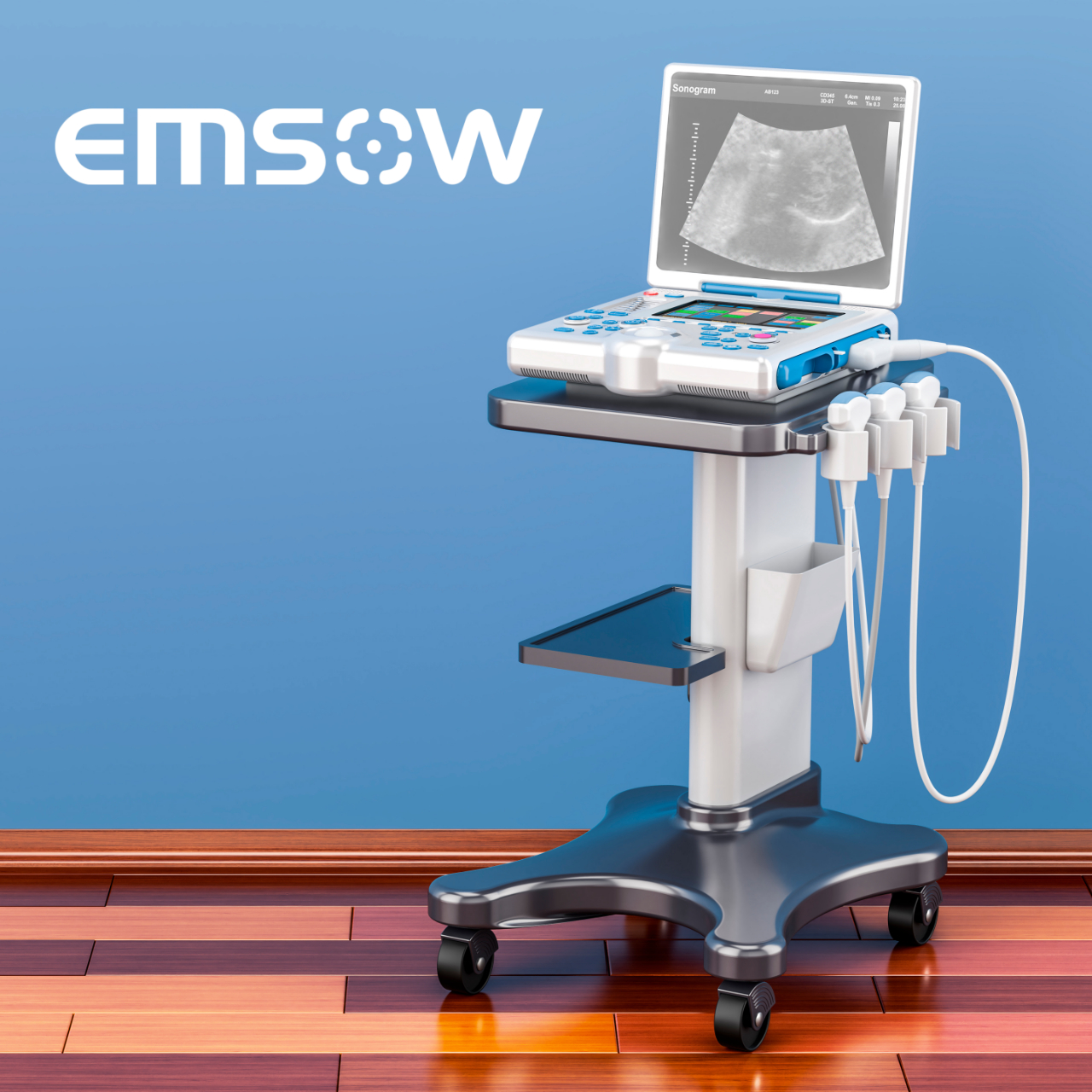
Mobile Diagnostic Imaging: Having a Portable Machine is Just Not Enough
Posted on October 29, 2018
An introduction to cloud-based PACS for mobile diagnostic operators
Mobile diagnostic imaging is in high demand by many practices and doctors who are looking to expand their services to new locations and avoid the cost of maintaining an in-house diagnostic lab. Portable diagnostic equipment makes it possible for X-ray technicians and sonographers to travel between facilities. At the same time, it delivers image quality comparable to that of stationary equipment. However, today’s technology has a lot more to offer to mobile diagnostic operators than just portable ultrasound machines and X-ray appliances. In this article, we’ll take a look at one useful tool that can help your mobile imaging business work more efficiently – web-based PACS.

Picture archiving and communication systems (PACS) have become a vital part of the IT infrastructure of many healthcare organizations. PACS software allows to capture, store, view and share all types of medical images within local networks. This provides a great number of advantages, including long-term storage, easy search, and image transfer via the network (which is much faster and cheaper than burning CDs).
However, if you are considering getting your own PACS server as a mobile imaging operator, you may face at least the following difficulties:
Maintenance is expensive. Even if you’re a small business, medical images are a heavy kind of data: one echocardiogram, for instance, may take up to 1 GB of storage space depending on the compression level. Moreover, you are legally obliged to keep the images for a long time in most cases. Add to this the need for a trained IT specialist to manage, service, and backup the image storage server.
External sharing issues. A local PACS server may work for you if your images are supposed to remain in your local network without any external access. However, if you use remote reading radiologists like most mobile operators, you will not be able to easily send the images to their remote computers, because a) the images are large, and b) it may violate the privacy of your patients. To include a remote site in your network you might choose to use the Virtual Private Network (VPN) technology, but then the cost of the above-mentioned IT guy may reach a six number figure.
Fortunately, in the age of internet services, both of the problems are easily solved with web-based PACS solutions that allow you to:
– Upload images from any location via the internet, with HIPAA-compliant encryption
– View the images in a web browser from any internet-enabled device. To invite a radiologist to read an imaging study, all you need to do is send them a link
– Forget about the long-term storage problem, since now the images are in the cloud (though you should make sure to carefully read the terms and conditions of your contract; for example, you may want to check their policy on data migration in case you decide to move your data to another provider in the future)
If you and your reading doctor are using different PACS systems, advanced web-based solutions should allow you to connect your system to theirs. Thanks to the interoperability of the DICOM protocol, the core of any modern PACS, your web-based solution can be joined with any other system. Security can be provided by the same VPN technology we mentioned, except for it will not be at your own expense anymore – the web service provider should take care of all the technicalities as part of the package.
Therefore, the web-based PACS services allow you to create a secure distributed clinical environment that is available 24/7 from any location. They can reliably connect technicians and reading doctors as well as your office personnel and thus help you manage your workflow completely. There is a couple more things you might look into to get the most out of your web-based PACS experience:
– Manage the schedule of your technicians and transfer it straight to their equipment with Modality Worklist.
– Transfer patient information from the EHRs of your customers to your worklist
– Integrate the billing part of your business with your PACS.